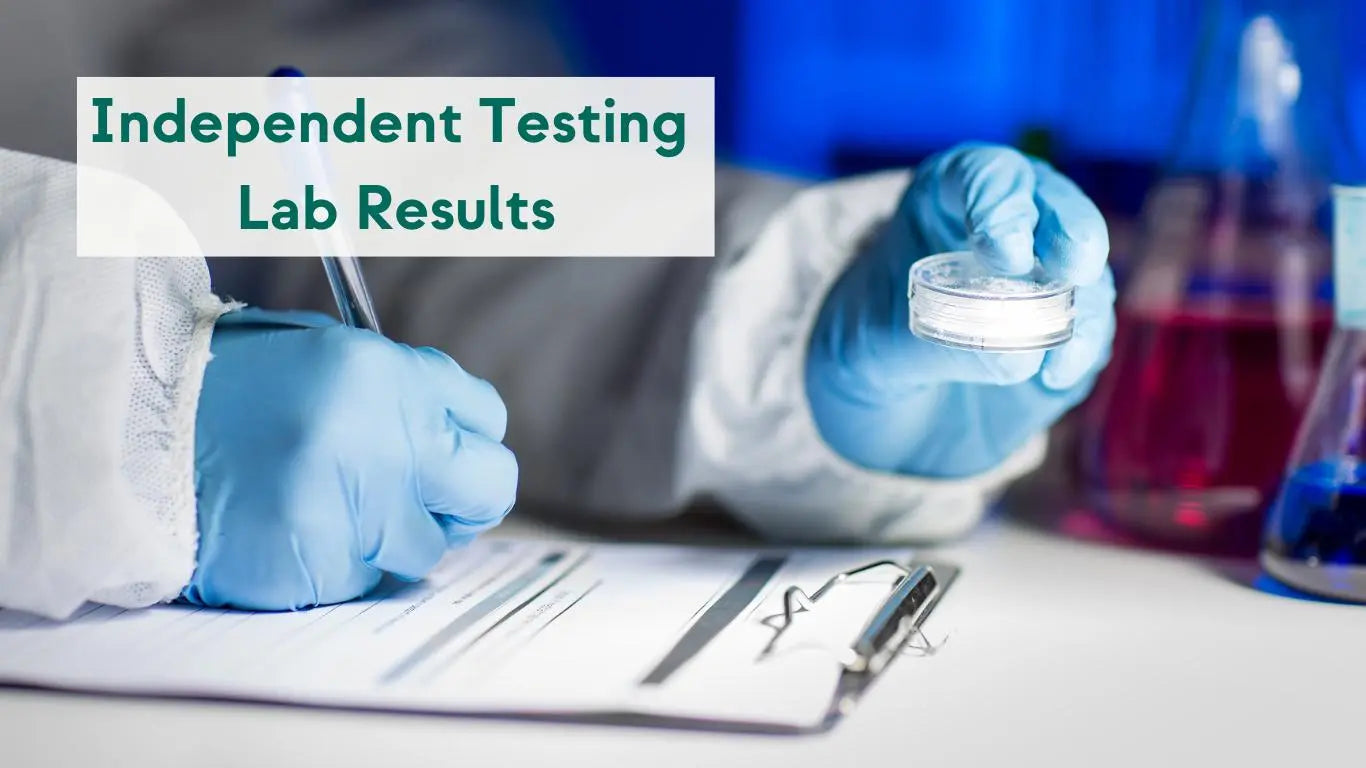Independent Testing: Koru Air.
The air we breathe is polluted, and the air pollution is a complex phenomenon to analyze. It’s made up of hundreds of different particles, and to truly purify it you need advanced technology.
To this end, Koru air purifiers are designed to make the air healthier to breathe by capturing and destroying pollutants in the air. They use a combination of an extremely advanced technology called Photo Catalytic Oxidation (PCO) together with the natural air purification process conducted by plants called phytoremediation to convert complex pollutants into safe components of the atmosphere like carbon dioxide and water. Independent Testing: Koru Air.
We recently undertook a project to test the efficacy of Koru to destroy volatile organic compounds (VOCs) and to capture particles in a normal-sized room.
The tests were performed according to stringent standards informed by international scientific consensus that are used in the US, EU, and China. Analysis methods for VOCs included high performance liquid chromatography, gas chromatography, and mass spectrometry, which are considered the gold standard for chemical detection and analysis.
Samples were collected from the chamber every five minutes for an hour, then every hour for another seven hours. For particles, a laser aerosol spectrometer and aerodynamic particle sizer were employed to get a precise measure of particle count in the chamber by the industry standard ANSI/AHAM AC-1-2015 every minute.
Koru vs Smoke
The Koru devices don’t just destroy organic matter, they also capture tiny particles from the air. When testing with smoke, the results shown below focus on two particle size ranges- particles smaller than 0.3 microns, and particles that range from 0.3 to 1 micron. All particles smaller than 1 micron, also known as PM1, are easily inhaled into the lungs and transferred into the blood where they can damage internal organs.
Since even tiny particles have some weight, they tend to settle out of the air on their own, so the team also conducted what is known as a “natural decay” test. This is a test without the air purifier running, to see how the particles would naturally. We can then compare how many particles disappear as a result of natural decay against how many particles disappear with the air purifier running to get a good idea of how effective the purifier is.
The natural decay is represented by the upper line in the graphs below. It’s important to note that outside of the laboratory particles which settle to the ground can easily be stirred up again by foot traffic and air currents.

This chart shows the effect of Koru Air on particles smaller than 0.3 microns, which is the size of an invisible particle of smoke. As you can see the number of smoke particles dropped quickly in about 60 minutes.

The team also measured particle capture of larger particles, such as those seen above in the 0.3 to 1 micron range, which is the size of a particle of dust. This is particularly interesting because 0.3 microns is the particle size used to rate all HEPA filters. The number of particles dropped by more than half in about 30 minutes.
Selection of VOCs to represent indoor pollutants
After being sealed in the chamber, we exposed Koru to a cocktail of three VOCs chosen for their unique properties and presence in indoor environments formaldehyde, toluene, and d-limonene. A fan was running constantly to keep the pollutants evenly distributed in the chamber.
Formaldehyde is one of the most common household air pollutants. It is considered a dangerous carcinogen and lung irritant. It’s most common sources in the home are off-gassing from woods included in many different types of flooring and furniture.
Toluene is a solvent normally used in paints, varnishes, and lacquers. It is closely related to the pollutants xylene and benzene that are found in gasoline. Toluene is known to have negative neurological effects at even low doses and can cause brain damage with prolonged exposure.
D-Limonene is a terpene found in citrus plants and is literally the smell of oranges and lemons. Skin allergies are sometimes caused by d-limonene and it has a tendency to form more dangerous substances when it reacts with other pollutants in the air.
Koru vs VOCs
Formaldehyde

Destruction of formaldehyde by Koru over a six-hour timeframe, Koru Air Purifier reduced formaldehyde by over 90%.
Toulene

Destruction of toluene by Koru was reduced as well, reaching concentrations almost undetectable by the instruments used in about 3 hours.
D-Limonene

Destruction of d-limonene by Koru had the highest efficiency, eliminating it beyond the ability to detect within 3 hours.
Koru Air purifier is simply great at home
These results are quite interesting as they show how effective running Koru air in your home could be. The VOCs were not merely collected on a filter that you would have to replace often; instead, the PCO process destroyed the organic pollutants so they are no longer toxic. Compared to traditional filtration, this represents a much more sustainable and effective approach.
Current filtration solutions do only that: they filter. PCO technology can actually purify the air, essentially restructuring any organic pollutants into common components of the atmosphere and removing these particles.


Share:
Boston Fern Plants Care: Guide & Tips
Air Purifiers Can Help You Get Rid of Mold at Home